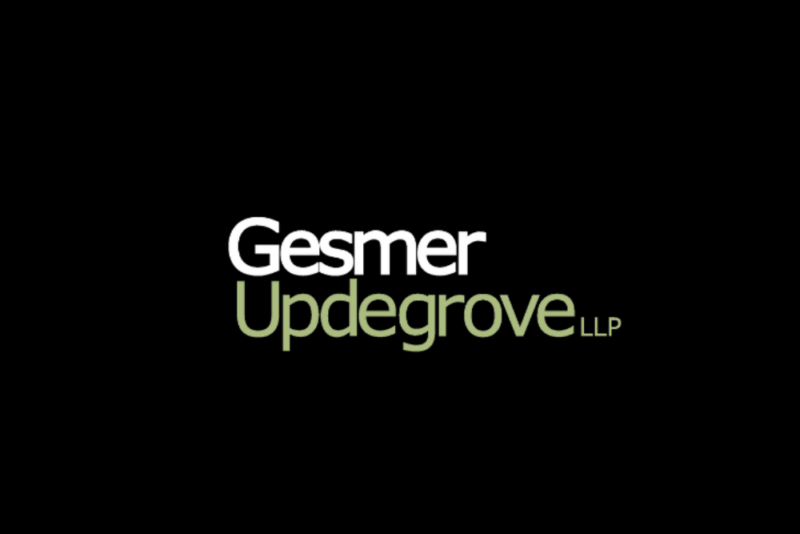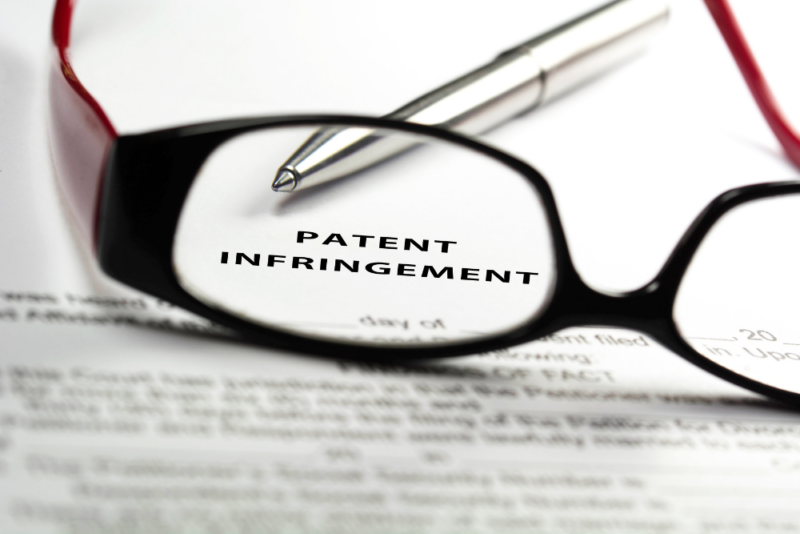The Consolidated Appropriations Act – 2021 (the “Act”) was signed into law on December 27, 2020. Embedded within the Act’s 5,500 pages is a second round of Paycheck Protection Program
(“PPP”) loans as we’ve discussed in recent alerts here. Two flow charts are attached to this Client Alert to help guide you through the details of PPP Round 2. The first chart will help determine whether you or your company can apply for PPP loan under Act. If you can, the second chart will help determine whether you are eligible for a second round PPP loan. As you review the attached charts there are a number of issues that require additional information and further analysis. The Act provides a host of criteria and pre-conditions that determine eligibility. The following list covers many of the key factors and issues that you will need to determine your eligibility.
Factors to Determine Your PPP Loan Eligibility:
If You Would Like to Contact Us, Fill Out the Form Below
- Similar to the first round of PPP loans, the “Economic Uncertainty Test” applies. A borrower must certify that current economic conditions make the PPP loan necessary to support ongoing operations. While this test remains vague, subjective, and appears to maintain a relatively low barrier of entry, a general belief that COVID-19 could adversely effect business is no longer accepted by the SBA.
- Eligible borrowers include C-corporations, S-corporations, LLCs, LLPs, partnerships, independent contractors, self-employed individuals, sole proprietors and 501(c)(3) non-profits. For the first time additional types of non-profits, such as 501(c)(6) business leagues, are also eligible to obtain PPP loans.
- Ineligible borrowers include a company in bankruptcy (there is a limited exception for Sub-Chapter V debtors), real estate companies, real estate management companies, a convicted felon, a business where 20% of the stock is owned by a person convicted of a felony, a company engaged in a business that is illegal under federal, state or local laws (i.e., cannabis businesses), publicly traded companies, a company that defaulted under an SBA loan, any entity registered under the Foreign Registration Act, a recipient of funds under the Shuttered Venue Operation Grant program and entities controlled or operated by the Chinese government.
- The affiliation and common ownership rules that applied to the first round of PPP loans apply to second round PPP loans as well. These rules may prevent certain private equity or venture capital-backed businesses from being eligible.
- A borrower must prove either that gross receipts fell by 25% or more in a calendar quarter, compared to the same quarter in 2019, or annual gross receipts in 2020 fell by 25% or more compared to 2019.
- If a borrower relies on the quarterly drop in gross receipts test the SBA will accept internally generated financial statements. If the borrower relies on the annual drop in gross receipts test the SBA will require 2019 and 2020 tax returns.
- If the PPP loan is less than $150,000, the borrower does not need to submit financial records or tax returns with its loan application. However, such financial records/tax returns must be submitted with the borrower’s forgiveness application.
- Product returns and allowances can be deducted from the gross receipts calculation, and a forgiven round 1 PPP loan is not included. Net capital gains or losses are also not included. Taxes remitted to the government (i.e., sales taxes) are excluded. Proceeds from transactions between domestic or foreign affiliates are also excluded.
- On the second chart, the NAICS Code 72 covers accommodations and food service business. The NAICS Code 5151 covers radio and television broadcasting companies, and the NAICS Code 511110 covers newspaper publishers.
- The amount of the second PPP loan can be no greater than the average monthly payroll cost for 2019 or 2020, with a $100,000 annual cap for each employee, multiplied by 2.5. For borrowers with a NAICS Code 72 the average monthly payroll costs is multiplied by 3.5. Seasonal employers use the average total monthly payroll cost in any 12 week period from February 15, 2019 through February 15, 2020. Partnerships use the adjusted net earnings from self-employment for each partner, subject to the $100,000 annual salary cap. Sole proprietors/independent contractors/self-employed workers use net profit reported on Schedule C of Form 1040, subject to the $100,000 annual salary cap.
- Payroll costs include salaries, wages, commissions, tips, vacation pay, family/sick leave pay, dismissal/separation pay, employee benefits (i.e. insurance covering group health, group life, disability, dental and vision), and state and local taxes. Payroll costs exclude federal employment taxes, employer’s and employee’s share of FICA taxes, and credits allowed for sick/family leave under FFCRA.
- In Round 2, the maximum PPP loan amount to a single borrower is $2 million dollars. If the Borrower is part of a business group the maximum amount of all loans to the group is $4 million dollars. A “business group” is defined as companies that are majority owned, directly or indirectly, by the same person or corporate parent.
- The covered period can be any period from 8 to 24 weeks. All full time equivalents (“FTE”) and salary reduction adjustments from the first round of PPP loans apply to the second round. A grant received under the SBA’s Economic Injury Disaster Loan program (“EIDL”) does not reduce the forgivable amount of a PPP loan.
- PPP loan proceeds can be used to pay salaries, wages, costs of employment, rent, mortgage interest, utilities, software and cloud computing costs, property damage costs, costs to buy goods essential to the borrower’s operations, and all costs related to personal protective equipment (“PPE”).
Numerous issues continue to arise, which the SBA will address in future guidance. As the program for the second round of PPP loans develops, we will continue to publish updates. When borrowers are able to file applications for loan forgiveness additional material will be distributed to help guide you through the process.
Meet The Authors
Check Out Our Latest Publications
- How to Find Angel Investors for Early-Stage Scaling Companies

- CORPORATE TRANSPARENCY ACT UPDATE: NATIONWIDE INJUNCTION IN EFFECT AGAIN; ALL FILING DEADLINES SUSPENDED

- CORPORATE TRANSPARENCY ACT UPDATE: FIFTH CIRCUIT LIFTS NATIONWIDE PRELIMINARY INJUNCTION – FINCEN EXTENDS FILING DEADLINES

- CLIENT ALERT: Federal Court Enjoins CTA Enforcement; Jan 1 Deadline Stayed

- Client Update: US Corporate Transparency Act Reports Due By Year-End

- Are Statutory Changes Coming to the Common Law Experimental Use Exception to Patent Infringement?

